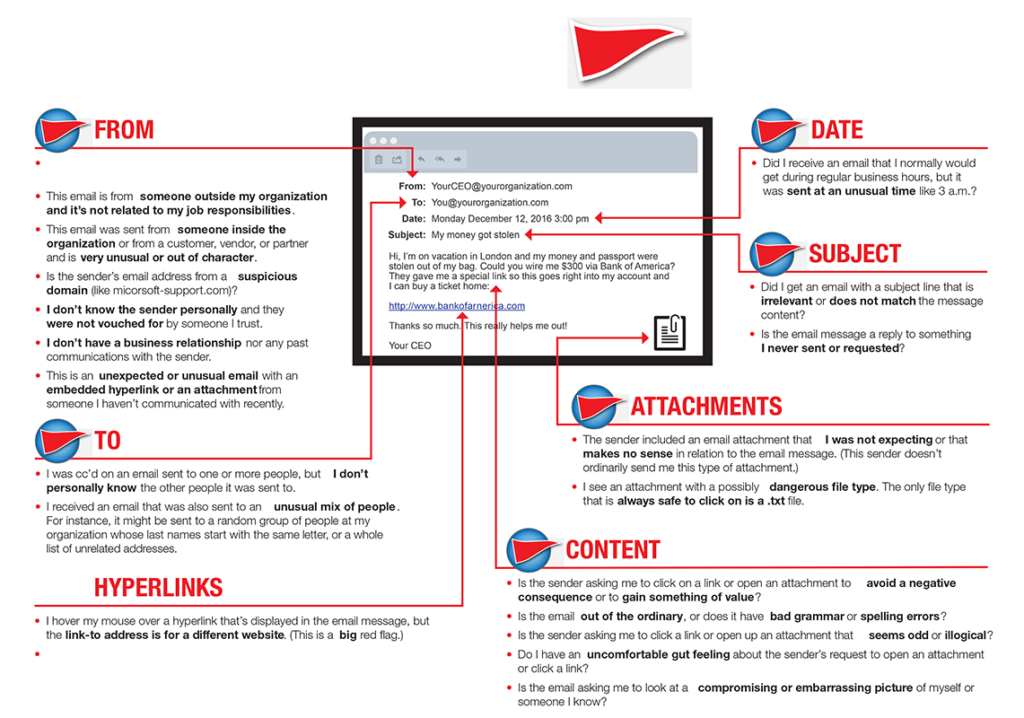There’s no doubt that children are growing up in a digital world, with cellphones, tablets and other devices usually within easy reach. The extent to which this is helping or hurting them, however, is still a matter of debate.
Research has demonstrated that social media can distract tweens and teens from completing homework and other responsibilities. It can spread misinformation and rumors, expose them to cyberbullying and cause body image problems. In the most dangerous cases, it can expose children to online predators or violence.
On the other hand, forbidding screen time can lead to isolation and social ostracization. Research has also revealed some beneficial aspects of technology, such as its ability to encourage self-expression and creativity and to foster a sense of connection and support, especially among marginalized groups.
Navigating this digital landscape can be just as confusing for parents as it is for their children. That’s why I’d like to take a closer look at the challenges of social media and the steps you can take to protect your children’s well-being.
Distorted reality
In my clinical work with tweens and teens, I’ve seen that social media can distort their sense of reality in several ways. One problem involves the photo “filters” that allow users to adjust their hair and eye color, smooth out blemishes and manipulate image backgrounds. These edited images cause many youths to judge their own appearance more harshly or to believe that the lives of their peers are more glamorous than they truly are.
The constant stream of information from social media also prevents children from enjoying the old adage that “ignorance is bliss.” Tweens and teens routinely post pictures of themselves with their friend groups, peers and significant others. For those who aren’t invited to a particular outing, dinner or sleepover, their exclusion becomes apparent when they see the photos online. This can make them feel unwanted or unimportant.
Another issue I commonly encounter is the almost unrestricted access that teens have to each another. Through cellphones and social media, they’re able to remain in contact at all hours of the day and night. In the best-case scenario, these are positive interactions between friends, though they can ultimately interrupt sleep or time spent with family. In the worst-case scenario, these interactions might involve a tween or teen who is subject to bullying from a peer.
Setting boundaries
While these are serious areas of concern, we can’t dismiss social media’s role in the lives of young people. So how do we reap the benefits while minimizing the risks?
Guidelines from the World Health Organization and the American Academy of Pediatrics call for no screen time among children ages 18 months to 24 months, except for video-chatting, and for no more than an hour a day among children from 2 to 5 years old. Experts recommend that tweens and teens not be allowed to have phones or tablets in their bedrooms overnight.
It’s important that you communicate with your children to establish healthy boundaries around when screens are allowed and for how long. If you need to ensure compliance, then there are many tools that can help. For example, some apps offer features that allow them to be shut off automatically after a specified time limit.
You should also take precautions to restrict harmful content. Most devices have the ability to restrict materials based on age level, as well as features that monitor what users are viewing. Having frequent conversations with your children about what they’re watching will also help ensure that the content is age appropriate.
Lastly, but perhaps most importantly, it is imperative that caregivers serve as role models for what healthy screen time looks like. When you put down the phone while interacting with your children, engage in activities where screen time is not allowed, or set your own online restrictions, you’ll remind them that there’s much more to life than what they can see on social media.
Tiffany Atkins Howell, Ph.D., is an associate professor in the University of Arkansas for Medical Sciences (UAMS) College of Medicine and a psychologist at the UAMS James L. Dennis Developmental Center.










